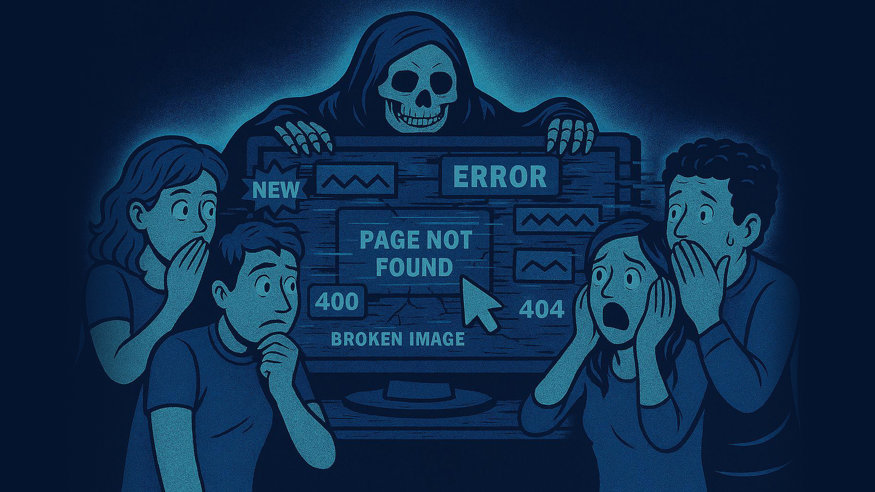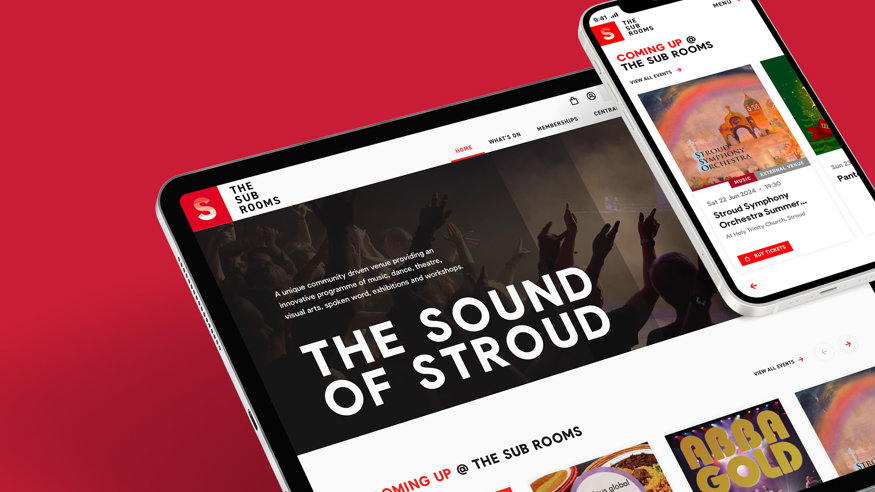POP, IMAP, and MS Exchange are all types of email connection protocols, and are methods by which a communication channel is established to allow emails to be sent between two computers or devices.
Pros and cons of POP, IMAP, and Exchange email accounts

When an email is sent from a computer or mobile device, the components are uploaded to the SMTP (Simple Mail Transfer Protocol) server as outgoing mail and are then delivered and stored on the recipient’s incoming mail server, ready to be read.
Below we have listed the pros and cons of each protocol.
POP
POP (Post Office Protocol) is a simple email service which allows your email client (i.e. Outlook, Thunderbird, Mac Mail) to connect to the mail server and download your emails directly to your computer or mobile device. The downloaded emails are then removed from the server.
Pros:
- Cheap to use as no licences are required
- Supported by virtually all devices, meaning you can access your mail wherever you are
- Simple to implement and configure
- Mail is always available on your devices for offline use
Cons:
- Messages are removed from the server once they’ve been downloaded
- The server holds no copies of sent messages
- Download speed is dependent on bandwidth, meaning any large attachments will take a while to download
- If mail is accessed on multiple devices (for example, on your desktop, mobile phone, and tablet), you may see different emails depending on what was downloaded on each device
- Doesn’t allow for inbox customisation. i.e. you’re not able to create different folders
IMAP
IMAP (Internet Message Access Protocol) has all the functions of POP, but also allows users to sync emails between multiple devices. This means you are able to view the same emails on all of your devices.
Pros:
- As with POP, no licences are required
- Again, IMAP is also supported by virtually all devices
- Email syncing allows users to access all messages, as both incoming and outgoing emails are stored on the server, rather than downloaded directly to your device(s)
- Ability to organise your inbox, and add different folders
Cons:
- Folders are likely to be duplicated if not set up properly
- If you never delete emails, or have a small amount of storage it is easy to run out of inbox space
- More powerful servers are required
MS Exchange
Microsoft Exchange is a platform developed by Microsoft and requires the purchase and use of user or server licenses. Previously, it has been marketed to enterprise level consumers, however with the development of Microsoft Office 365, small to medium sized businesses can now benefit from functionality found in Exchange, at a more affordable rate.
Pros:
- Incoming and outgoing mail is saved on the server
- Email syncing ensures that a copy of each email remains on the server, whilst also being copied to your device(s)
- Ability to organize your inbox, and add different folders
- Native integration with Microsoft products such as Sharepoint and Office
- Collaborative tools such as shared calendars and file storage allow team members to share resources
- Licence costs can be scaled by purchasing on either a per user or per server basis
- Although MS Exchange is more expensive than POP or IMAP, the typical mailbox capacity is a lot larger, meaning that cost per GB is actually really competitive
- Updated regularly meaning users are always using the latest version. This is inclusive of Office 365
Cons:
- Setup and maintenance are more technical, so require more specialised knowledge
So which protocol should you be using? This depends entirely on how you want to access and use your emails. There are pros and cons for each protocol, but it’s important to establish the best one for your requirements. For example, if you use multiple devices to check, respond to, and send emails then IMAP or Exchange would be beneficial due to their functionality. However, if you have a designated device and the need to access your messages (including attachments) offline, then POP will guarantee that they are always available even if you don’t have access to the internet. Nonetheless, for enterprise level reliability, scalability, and productivity we tend to find that Office 365 is the clear winner as once set up, it rarely fails.
If you would like more information on any of the above, please do feel free to contact us and one of the team will be happy to help.
Share article:

Upgrading to Umbraco 17: a strategic investment for your business
Used and trusted by both developers and marketers, Umbraco offers a high level of customisability, with the latest long-term-supported (LTS) version (Umbraco 17) currently scheduled for release in November 2025. Featuring improved performance and developer tooling, alongside support for the latest .NET versions, Umbraco 17 offers a number of benefits including enhanced security, streamlined workflows, and improved scalability.
Read more
How to avoid website project horror stories!
Maybe you've been there before, maybe this is your first time creating a website. We have seen website projects at all stages turn from dreams into nightmares very easily, often being the ones at the other end helping our soon to be clients put it back on the right path.
Read more
Exploring the benefits of Umbraco 17: a leap forward in CMS flexibility and performance
Umbraco has long held the reputation as a flexible, developer‑friendly content management system (CMS) and with the release of Umbraco 17 scheduled for November 2025, the platform is continuing to evolve. Umbraco 17 will be the next Long‑Term Support (LTS) version, aligned with the upcoming .NET 10 LTS release, and is expected to include enhancements in performance, developer experience, and content workflow modernisation.
Read more
The future is bright for the Sub Rooms
New website and Spektrix integration helped Sub Rooms turn a corner
Read more
Website builders vs bespoke: which is right for your business?
In a digital-first world, a company’s website (and its overall effectiveness) is of paramount importance, serving as both the first impression and initial introduction to a brand. Traditionally built from the ground up by experienced developers, website creation has become increasingly accessible, primarily due to the rise of website builders such as Squarespace, Wix, Weebly, and Webflow, These platforms offer powerful tools, sleek templates, and rapid setup options, without the need for direct developer involvement. However, for businesses with more complex or unique requirements, they can be limiting, with many instead opting for bespoke development tailored to the specific project goals, workflows, and user experience. This blog outlines the pros and cons of each –off-the-shelf website builders vs bespoke development.
Read more
How to spot a text message, iMessage or WhatsApp scam
Top 6 red flags for suspicious text messages
Read more
Benefits of team building away days
We were delighted to welcome South West HR consultants, Rise HR, for a for a training day
Read more
16i x Spektrix | Partnership announced
We’re incredibly proud to become a certified Spektrix partner. Having worked with a variety of arts organisations over the years, we know how vital it is to connect digital platforms with the ticketing and CRM systems they rely on.
Read more